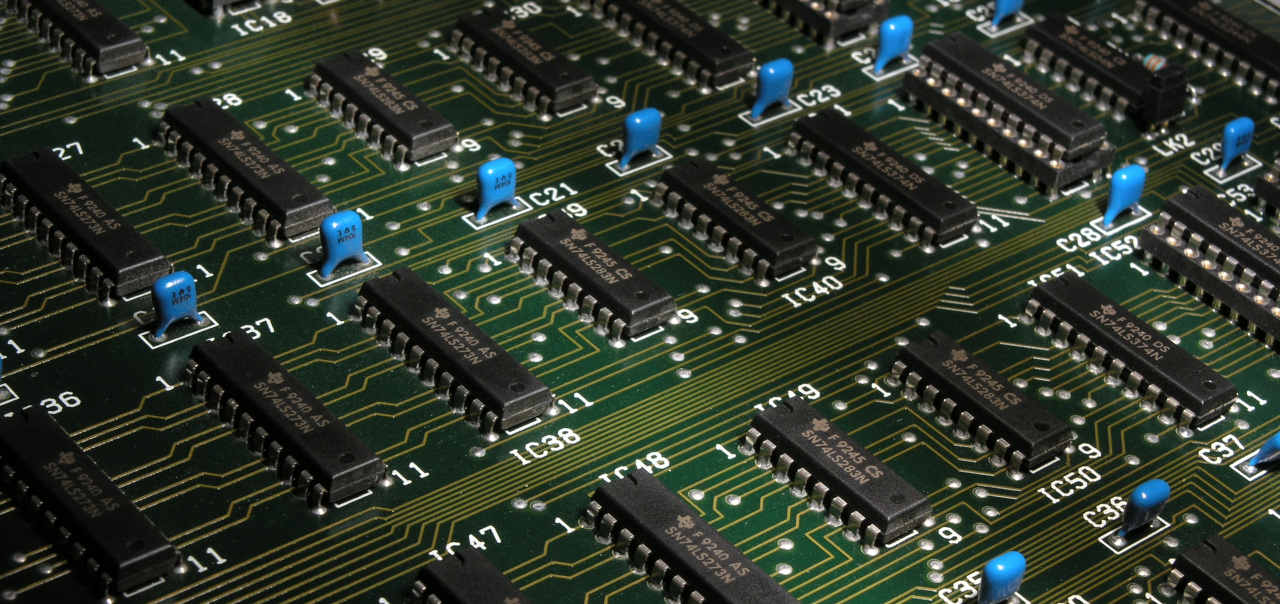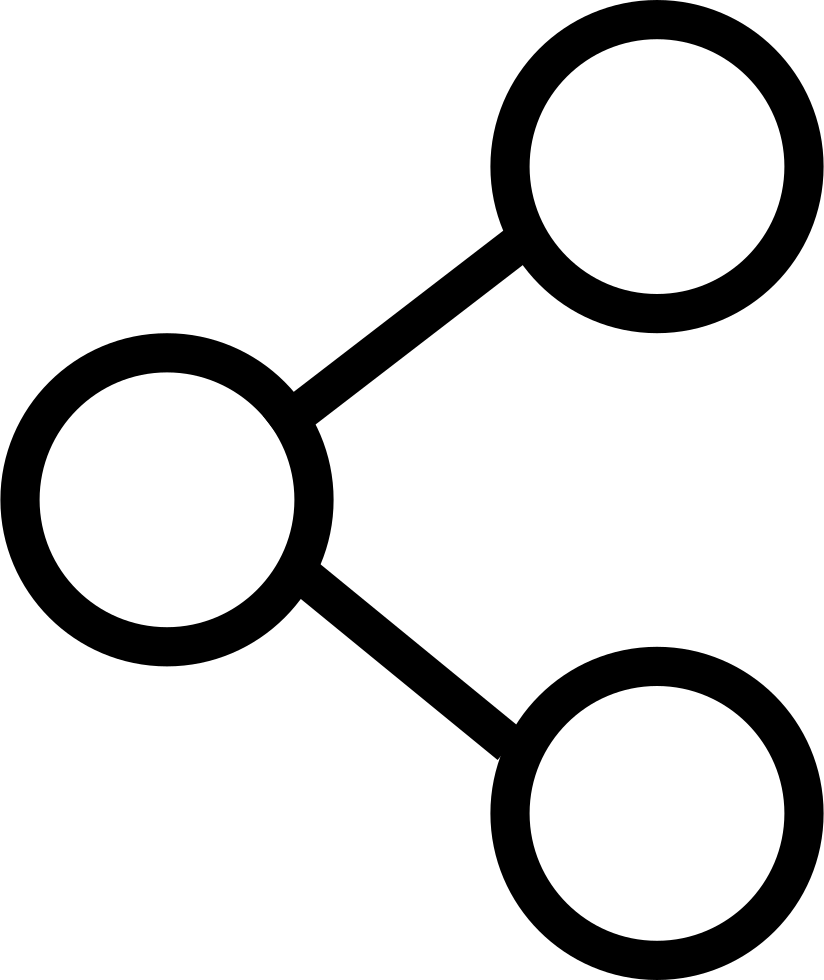
Use of Artificial Intelligence applied to the electoral count
Reduction of time and errors in the count
We live in a hyper-connected society that demands immediate, concrete and accurate information. In the electoral field, this has also been reflected in the reduction of the time needed to give the results and in the quality of the data. In the course of the last 40 years we have gone from having to wait up to a week to know the results of an electoral process to a few hours, even seconds in the case of elections held using electronic voting.
New systems are continually being implemented to improve the capture and processing of data in the electoral field. This is the case of the use of artificial intelligence (AI) applied to the field of electoral processes.
A system of character recognition and interpretation using AI is a minimally invasive method for the voter, since he/she can continue voting on paper and does not require any modification of the electoral legislation; this procedure does not affect the voting system established in the electoral regulations.
This system can be applied to both ballots and minutes, using high capacity scanners to centrally digitize the images of the documents, capable of scanning more than 100 double-sided documents per minute or using office scanners for scanning at the polling station. The digital images can be made available to voters for consultation, which increases the transparency of the electoral process.
Once the system has the digital images, the AI system first performs the recognition of the document coding system (it can be a QR code or a barcode) to verify that the image corresponds to the expected document typology (an act or a ballot/ballot paper) and verifies to which table it corresponds. In case the document encoding cannot be recognized because the identification system is damaged, the document is handed to an incident system where an operator proceeds to analyze and solve the problem.
Secondly, the AI performs image correction (if necessary) such as straightening the image if it is crooked, contrast enhancement...etc.
Thirdly, the AI recognizes all the fields in the document, identifying the "boxes" where text or numbers are contained. This is especially useful in cases where there are multiple different document formats. Think of a municipal election where the images of the results are being processed where each municipality has different candidates. A system that does not use AI would have to have all the possible formats of minutes loaded (one for each municipality) and in case the document has been wrongly encoded by mistake, it could not be processed since the barcode would not correspond to the format expected by the system.
Fourthly, the system performs an ICR (for handwritten data) and/or OCR (for machine-written data) interpretation of the entire document using neural networks previously trained with Deep Learning systems. This Deep Learning system achieves error-free recognition rates of close to 92%. This is impressive, as it exceeds the hit rate of a professional human data recorder, taking hundredths of a second to read, interpret and record a complete document instead of minutes, which is what a human recording takes.
If this system is combined with a second manual recording by a professional data recorder or with a random document checking system by a human operator, the hit rate is close to 100%.
As we have already explained, this system can be used in a centralized way, collecting the minutes in one or several centralized points where the minutes are digitized using high capacity scanners or in a decentralized way using office scanners or even the cell phone camera.
In countries where during the election night the polling station members record and send the data using mobile devices or tablets, it would be possible to include an image of the minutes. This would allow a second recording with AI to later cross-check the data recorded manually by the polling station members against those recognized by the AI, achieving a data veracity rate close to 100%. In addition, the images of the minutes could be published immediately together with the results recorded by the representative, providing citizens with full transparency of the results.
At Minsait we have already applied this AI system in the last elections in Chile in 2020 in a very satisfactory way, reducing the time spent by the client in the manual recording of all the country's Vote Counts to a couple of days, a task that took several months in previous electoral processes.









Add comment